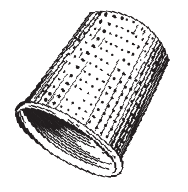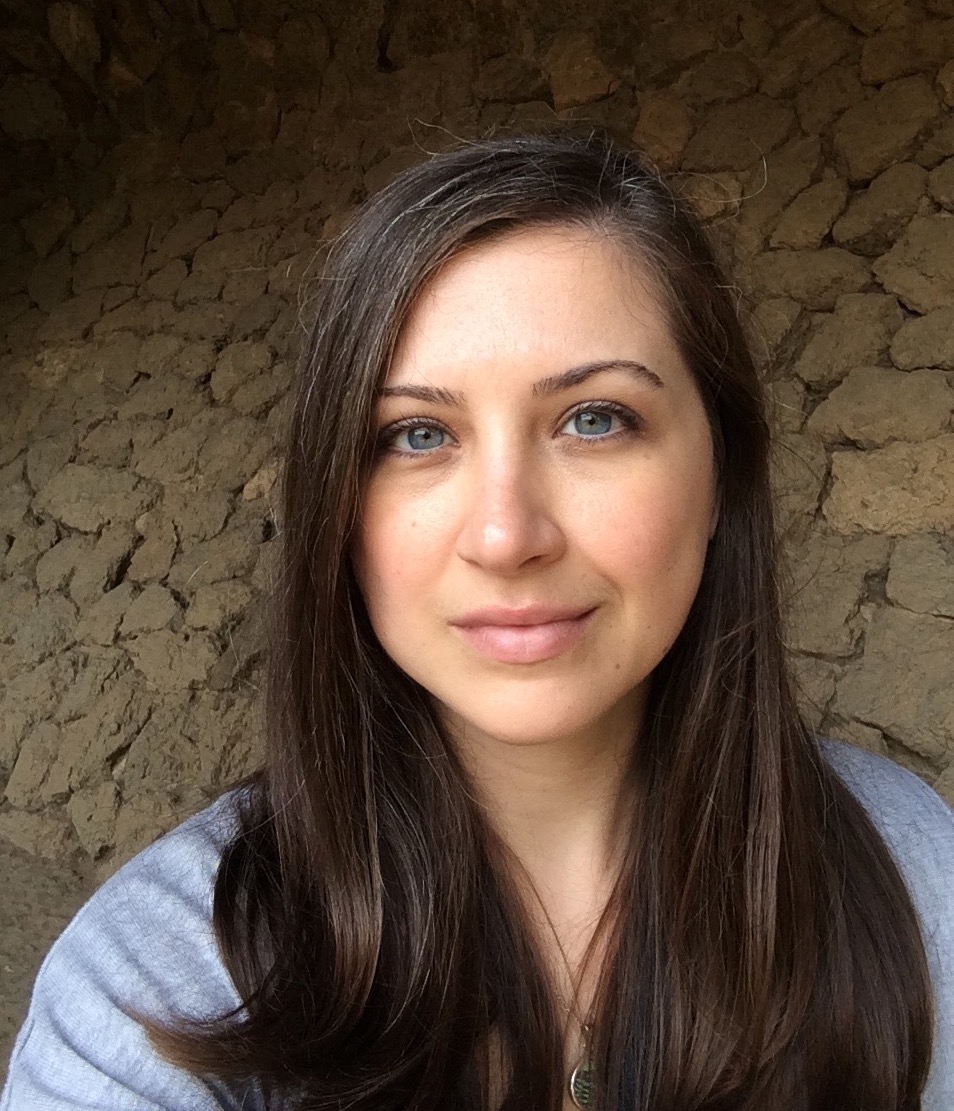My grandmother stands there in front of the church in her handmade yellow suit, next to my mother on the day of her First Communion, May 12, 1963. My mother is seven years old and my grandmother twenty-seven—a mother of four, smiling in the sun on that spring day, the tree behind them just starting to bloom. Her faux pearl earrings are huge, and she has a little color on her lip and a squint in her eyes behind her glasses. Inside her white gloves are the clutched hands which made the suit she’s wearing. A straight yellow skirt, which falls just below the knee. A yellow top and a yellow blazer over it with seasonal three-quarter-length sleeves. Of all the photographs in the album, it’s here my grandmother stops.
Like many mothers did in those days, my grandmother made her clothes and her children’s clothes. When I was young, Mom used to bring me to Grammy’s house to get my Catholic school uniforms tailored—I’d stand very still as she circled me on her knees, pulling pins out of her mouth and placing them in my plaid pleats. I never watched her work a sewing machine, never saw her sew a single stitch. But I believe her when she says she made this yellow suit, that she loved it dearly. When we came across this picture of her and my mother, she let out a short, wistful, “Oh,” and said simply, “that suit,” tracing the edge of the photograph. She smiled the same smile and told me the story.
The suit was one of her best outfits, taken out for all the important spring and summer occasions. It made her feel like herself, and as articles of clothing can do, it made her feel happy and light, and it fit her well because she made it that way. I marvel now at my inability to make things as she did and at how I still attach meaning to the clothes I wear, but nothing comes close to having made them yourself.
Eventually, though, my grandmother felt like it was time to move on. When she came across the suit looking for clothes to donate, she added it to the heap. She brought it to her church drive, believed she was doing the right thing, donating it to charity. I imagine her giving it one last soothing touch, before placing it in the bag of clothes she brought. After that, every so often she’d think about it and feel a twinge, but mostly she tried to forget.
And then, months later, while out having breakfast with the family, she spotted the yellow suit on a mannequin in the window of a secondhand shop. She told me this story with the same shocked gasp I imagine her emitting that day, over fifty years in the past. It must have been like seeing a long-lost relative in a city where you never expected to cross them. “You,” I imagine her thinking. It was a thing she created, out of thread and fabric and time. It was part of her, and here it was again, the main event for sale at the best consignment store in town.
*
I was at my grandmother’s house to look at pictures of my mother growing up, a thing I’d never done in all my thirty years. While looking over pictures from the distant past, I learned many things: about my Irish great-great grandmother, who came from the island by herself to work as a domestic and slowly paid to bring over her siblings, one by one. That Grammy didn’t know for sure she was pregnant with twins until she birthed them, that she only gained the weight of those boys her entire pregnancy, not a pound more. “We didn’t have much, and now we needed double of everything.” I’ve always been told my smile is reminiscent of hers, and I can see that now, looking at her younger face.
But what sticks with me most is this thing she made, this yellow suit that meant so much, and how she discovered it again unexpectedly. How much has changed between our generations, and how quickly we toss away things we have no use for anymore. I can’t stop thinking of those hands clenched in white gloves—creator’s hands. All the things she’s made in life, her world and mine.



Hi Lauren, that was very sweet and so thoughtful. Grammy would be thrilled to know you wrote about her. Keep on writing!